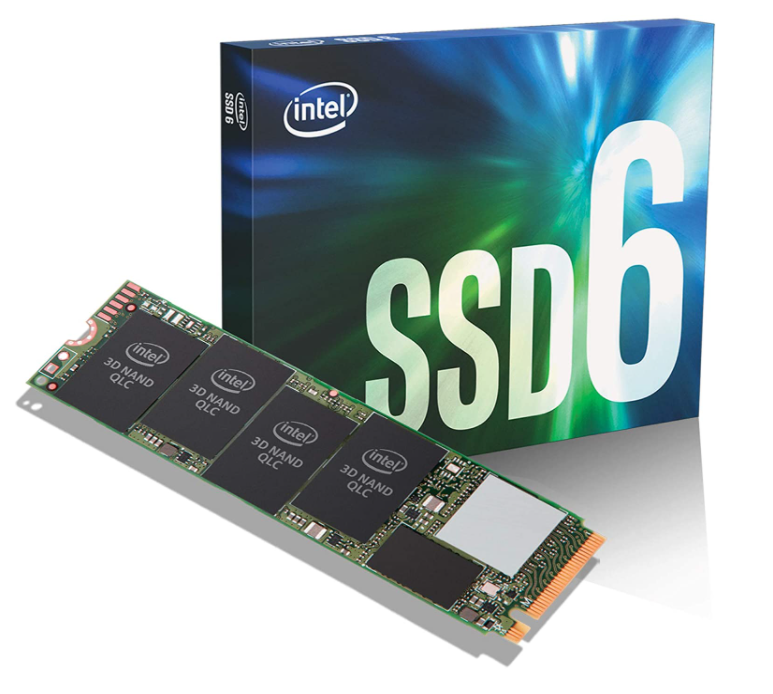After giving the Userbenchmark.com site a try, my Intel SSD 660p, without firmware update, was performing the worst of all my components. Yes, that benchmark is not super accurate, but it’s some type of baseline for changes I make.
The Intel 660p Firmware Saga Begins
The SSD issue was such a surprise, because the CPU/Motherboard are my oldest parts. After buying my Nvidia RTX 3090, I’ve been keeping an eye on CPU releases. I know my Intel i7 6700K will bottleneck my setup at some point.
With the CPU upgrade on hold for awhile, I wanted to solve why my SSD was underperforming, compared to most of the other hardware benchmarks. Reading more into it, I found a new Intel SSD 660p firmware update (004C to be exact).
I was disappointed that the Intel SSD Toolbox was no longer supported. It was an easy to use GUI. There was a quick option to update the firmware.
Either I was reading through options too fast, or the site was not updated with proper info. I came to the wrong conclusion that the USB option was my only choice.
Trying the USB Update Route
Quick note: I don’t recommend this option for Windows 10 users. Don’t make the same mistakes I made with this USB option. This sections outlines the headache caused by not using the correct option.
After searching for my USB stick (keep one around!), I went through Intel’s instructions. They provided a handy video direction guide. I followed everything correctly, but was greeted with a black screen when I tried to boot the USB.
I beat my head on the desk trying different things for the Intel SSD 660p firmware update (reimaged the USB drive, Bios settings, etc.). The farthest I got was lines of code loading before it crashed.
Turns out the tool on the USB drive has issues with Nvidia cards and cannot render correctly. Changing the default display adapter in the BIOS was easy, but I forgot I would need to move the display cable from my Nvidia card to the onboard video connectors.
My problem was the motherboard only had a VGA/DVI port for video, while my monitor only had HDMI or Displayport. Luckily, I had an older monitor I hooked up.
After the whole display fiasco, the problem with black screen or crashing USB bootup was the same after switching display sources. Back to troubleshooting.
Intel Memory and Storage Tool Success
I finally read the correct article that pointed me to the new Intel Memory and Storage Tool. It is what I needed to install the Intel SSD firmware update this whole time. It took me about two minutes to complete the entire process with the tool. I felt pretty dumb after the hour or so trying to do it the wrong way.
The good news is the new Userbenchmark.com result after the firmware update was much better. Went from performing way below expectation to performing as expected (70 percentage points higher).
Another interesting thing after the firmware update, my CPU was performing higher and the background processes were lower. Sure it was after a reboot, but so was the initial benchmark.
It’s not super scientific, but I’ll take any measurable improvement. Plus, the stability and bug fixes in the firmware will help with stability when loading new maps and assets in games.
Not sure if it’s just a placebo affect, but frame spikes seem to be less frequent now. It might be worth looking into firmware updates for your SSD (if you don’t have one, you need to get one). Just don’t make the mistakes that I did.
